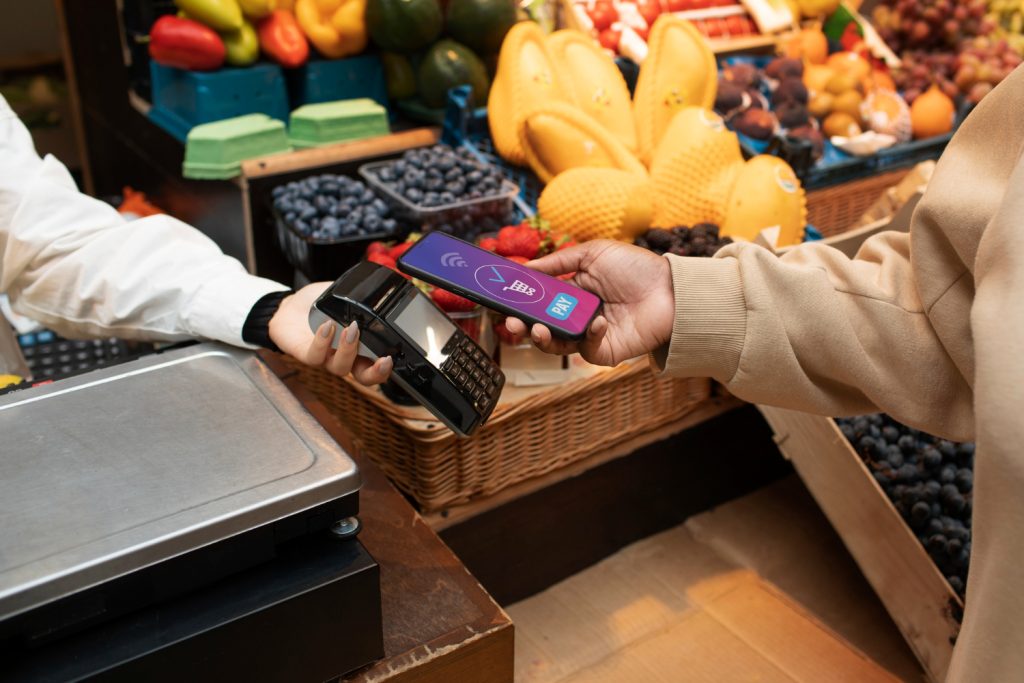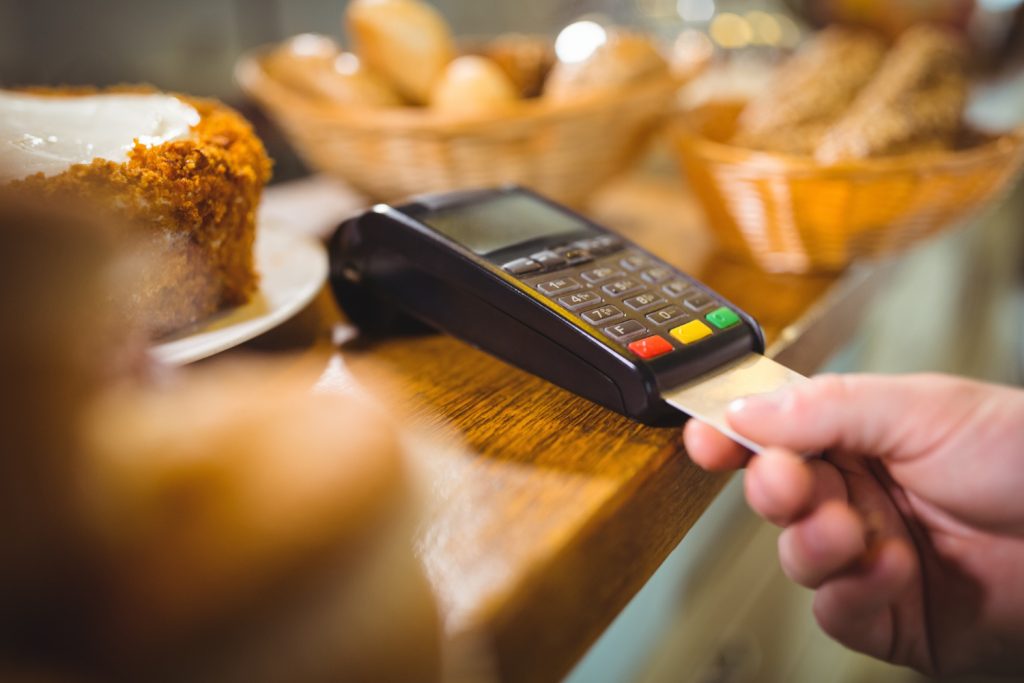
By Bella Zhang March 21, 2025
Among the many operational costs of running a bakery, payment processing is one that is frequently disregarded. The costs related to card transactions can reduce your profit margins, regardless of whether you sell baked goods wholesale or directly to consumers. Interchange plus pricing is one of the clearest pricing schemes out there. To make sure you are not overpaying for credit card transactions, it is essential to understand the interchange markup and how it affects bakery payment processing costs.
What is Interchange Plus Pricing?
Interchange plus pricing is favored by many businesses, such as bakeries, because of its clarity and affordability. By clearly breaking down fees, it enables bakery owners to see exactly where their funds are allocated and the cost of processing each transaction. This pricing strategy can assist bakeries in managing expenses, particularly when processing a significant number of transactions each day. Nonetheless, to fully benefit from this model, it is essential to understand the functions of interchange fees and markup fees distinctly.
Breaking Down Interchange Plus Pricing
Interchange plus pricing is a credit card processing model that separates costs into two distinct parts:
- Interchange Fees – Set by card networks (Visa, MasterCard, etc.), these fees go to the issuing bank.
- Markup Fees – Charged by your payment processor as their profit for handling transactions.
Unlike flat-rate pricing, interchange plus pricing provides transparency by clearly distinguishing these two components. This allows bakery owners to see exactly what they are paying and identify opportunities to reduce costs.
How Interchange Plus Pricing Works in Bakery Transactions
Each time a customer swipes or taps a credit card at your bakery, multiple entities take a cut of the transaction amount. The interchange fee is non-negotiable, but the interchange markup is what you can control.
For example, suppose you sell a $10 cake, and the card network’s interchange fee is 1.5%. If your processor adds a 0.3% markup, your total cost per transaction would be:
- Interchange Fee (1.5%) = $0.15
- Processor Markup (0.3%) = $0.03
- Total Processing Cost = $0.18 per transaction
Understanding this breakdown helps bakeries determine whether they are paying a fair price for their payment processing services.

Understanding the Markup in Interchange Plus Pricing
When assessing interchange plus pricing, it’s crucial to concentrate on the additional amount you are paying beyond the standard interchange fee. The interchange markup signifies the part of the fee that fluctuates among processors and can greatly affect your total processing expenses. Numerous bakery proprietors disregard this aspect, believing that all payment processors levy comparable fees. Nonetheless, securing a reduced markup can result in significant savings in the long run.
What is an Interchange Markup?
The interchange markup is the fee added by the payment processor on top of the non-negotiable interchange rate. This fee varies depending on the processor and your negotiated agreement.
Factors affecting the markup include:
- Transaction volume
- Bakery size and sales frequency
- Type of cards accepted (debit vs credit, rewards cards, etc.)
- Processor competition
Since this fee is where payment processors make their money, it’s essential to compare providers to get the best possible rate.
How Markup Fees Impact Bakery Profit Margins
Even a small difference in markup rates can significantly impact your bottom line. For instance, if one processor charges a 0.25% markup while another charges 0.5%, the difference in cost over thousands of transactions can be substantial.
For a bakery processing $50,000 monthly in card transactions:
- Markup at 0.25% = $125 in fees
- Markup at 0.5% = $250 in fees
Over a year, that’s a $1,500 difference—funds that could be reinvested into your bakery instead of payment fees.
Merchant Account Fees and Additional Costs
Controlling payment processing expenses extends beyond merely interchange fees and premiums. Bakeries need to consider extra fees associated with keeping a merchant account. These expenses may occasionally be ignored, resulting in unanticipated costs that reduce profits. Understanding these charges and discovering methods to reduce them is essential for keeping your payment processing system economical.
Common Merchant Account Fees in Bakery Payment Processing
Beyond interchange markup, bakeries must also consider merchant account fees, which vary by provider. These fees may include:
- Monthly Fees – Charged for maintaining the account
- PCI Compliance Fees – Ensuring secure transactions
- Chargeback Fees – If a customer disputes a transaction
- Batch Fees – Fees for closing out transactions daily
Understanding these fees helps bakery owners budget appropriately and negotiate better deals.
Strategies to Minimize Merchant Account Fees
Bakeries can reduce merchant account fees by:
- Choosing a processor with no monthly fees
- Negotiating a lower interchange markup
- Ensuring compliance to avoid penalties
- Using a payment processor that provides volume discounts
Small changes in pricing structures can lead to significant cost savings over time.
Wholesale vs Markup Pricing in Bakeries
Understanding the distinction between wholesale and markup pricing is essential for bakeries catering to both retail and bulk customers. Wholesale pricing generally consists of offering products in bulk at reduced prices, whereas markup pricing guarantees that retail customers account for all related expenses, such as payment processing charges. Finding the proper equilibrium between the two pricing strategies enables bakeries to sustain profitability through various sales channels.
What is Wholesale Pricing?
Wholesale pricing applies when bakeries sell goods in bulk to cafes, restaurants, or retailers. The cost structure is different from retail pricing because bulk buyers expect lower prices per unit.
Understanding wholesale vs markup pricing ensures you cover both ingredient costs and processing fees without undercutting your profits.
Adjusting Markup for Wholesale and Retail Transactions
Retail pricing typically includes:
- Ingredient costs
- Labor and overhead
- Interchange fees and markups
- Profit margin
For wholesale transactions, bakeries often reduce the profit margin per item but compensate by selling in higher volumes. Adjusting your interchange markup and processing fees accordingly prevents hidden losses.

Choosing the Right Payment Processor for Your Bakery
Choosing the appropriate payment processor is a vital choice for any bakery, as it significantly affects operational expenses and total profitability. An effective payment processor must not only offer competitive interchange markup fees but also ensure smooth transaction experiences for both customers in-store and online. Furthermore, taking into account aspects like customer support, contract flexibility, and compatibility with current systems can assist bakery owners in making a well-informed choice.
Key Considerations When Selecting a Payment Processor
Finding the right payment processor involves:
- Comparing interchange markup rates
- Checking for hidden fees
- Evaluating customer service quality
- Understanding contract terms (no long-term lock-ins)
Popular Payment Processors for Bakeries
Some commonly used processors among bakeries include:
- Square – Flat-rate pricing, ideal for small bakeries
- Helcim – Transparent interchange plus pricing
- PayPal Zettle – Good for mobile and online transactions
- Stripe – Ideal for online bakery orders
Each processor has different interchange markup rates, so it’s vital to choose one that aligns with your business model.
Final Thoughts
Understanding interchange plus pricing and the function of interchange markup can greatly influence bakery payment processing expenses. By understanding merchant account fees and differentiating between wholesale and markup pricing, bakery owners can enhance profitability and cut unnecessary costs. By choosing the appropriate payment processor, securing improved rates, and monitoring hidden fees, your bakery can guarantee that each transaction stays as profitable as possible.